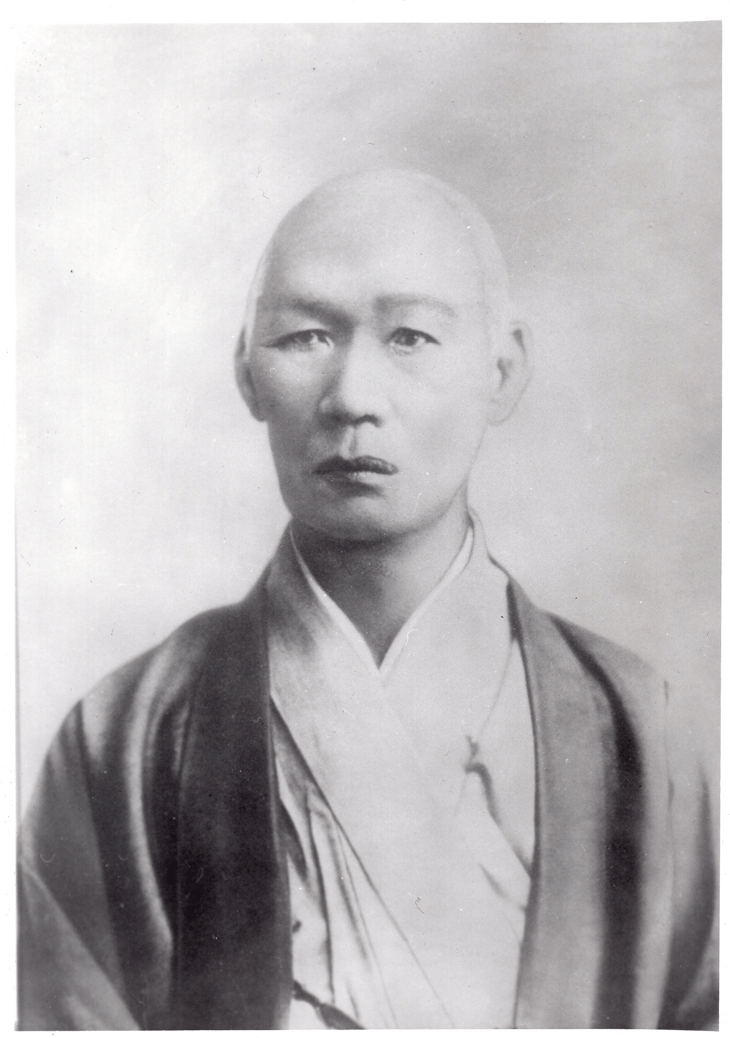|
|
Nakahama Manjiro stands as one of Fairhaven’s most revered historical figures. Hailing from the village of Nakanohama, now part of Tosashimizu city, on Japan's Shikoku island, Manjiro's story begins as that of a young fisherman grappling with the loss of his father. To support his family, he embarked on a fishing expedition in early 1841 aboard a small vessel known as a katsu with four companions, seeking to catch tuna. However, their journey took a perilous turn when they became ensnared in the powerful Kuroshio off the coast. The Kuroshio or Black Current, named for its dark-cobalt blue waters, is one of the three largest ocean currents in the world.
Surviving their encounter with the Kuroshio but losing their oars, sails, and rudder, their boat wrecked on a remote, uninhabited island named Torishima, or Bird Island. For several months, this desolate isle became their makeshift home and they would survive on the abundant albatrosses as their primary source of sustenance. In late June 1841, they spotted a ship on the horizon.
This vessel proved to be the "John Howland," a New Bedford whaler captained by William Whitfield of Fairhaven. Recognizing their dire situation, Captain Whitfield extended a lifeline to the stranded men, rescuing them. However, owing to Japan's stringent isolationist policies at the time which prohibited the Japanese from leaving and returning to Japan, Captain Whitfield could not take them home. Consequently, they continued on the whaling voyage, eventually making a stop in Hawaii. While the other men chose to remain there, Manjiro, whom the crew started referring to as John Mung, made the decision to accompany Captain Whitfield back to Fairhaven.
Upon his arrival in 1843, the young Manjiro attended school, learning to read and write in English, while also delving into the intricacies of navigation and barrel-making. Additionally, he participated in several whaling expeditions and assisted Mrs. Whitfield on the family farm. However, as time passed, Manjiro's longing for his homeland intensified, prompting him to undertake the arduous journey back to Japan in 1849.
Venturing to the California gold fields with a friend from New Bedford, Manjiro eventually amassed sufficient funds to travel to Hawaii. From there, he reunited with two of his former shipmates, Denzo and Goemon. Together they made the voyage back to Japan. However, upon their return, they were arrested for violating the isolation law. For eighteen months they were detained and interrogated by the Shogun’s government. Due to Manjiro's extended stay in mainland America, his unique background positioned him as a pivotal figure in Japan's evolving relationship with the Western world.
Despite the challenges he faced, Manjiro eventually reunited with his family and embarked on a remarkable transformation. Embracing his experiences abroad, he adopted the path of a samurai, acquired a surname, and even assumed the role of a professor at what would later become Tokyo University. His journey came full circle when, in the 1870s, he briefly returned to Fairhaven during a diplomatic mission to Europe, symbolizing the enduring connection between his two worlds.
Hyoson Kiryaku
Japanese officials found it difficult to understand Manjiro and his companion's stories because they often contained unfamiliar concepts. Officials assigned artist and scholar Kawada Shoryo to transcribe and illustrate the interrogations. Later, Shoryo was granted permission to bring Manjiro to his home where interviewed him for additional details. Shoryo bound the documents he compiled in brush written calligraphy and watercolor illustrations into a four volume set and named it Hyoson Kirykau.
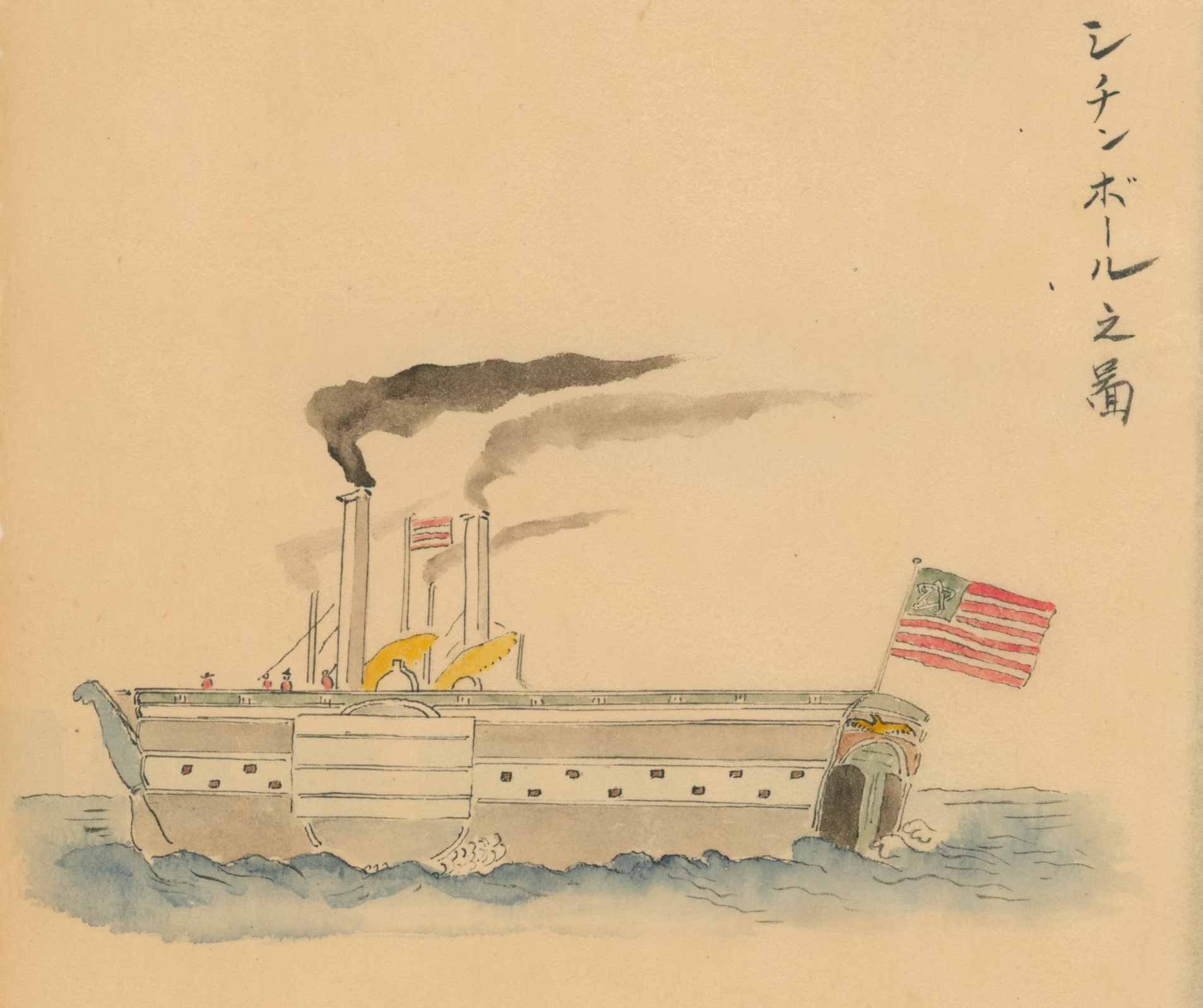
Nine months after producing Hyoson Kirkau, Commodore Matthew Perry's Black Ships entered into the harbor at Tokyo Bay, forcing an end to Japan's isolationist policy. Hyoson Kiryaku would be copied, circulated, and read by samurai leaders and daimoyos who wanted to learn more about the outside world. The original manuscript has been lost as well as the many copies that had been made. However, in 1912 a manuscript copy was found at a Tokyo book fair. Manjiro's son, Dr. Toichiro Nakahama verified the the manuscript to be Hyoson Kiryaku. Dr. Nakahama produced two copies of the manuscript by hand. In 1920, the Millicent Library received the second copy produced by Dr. Nakahama as a gift from Viscount Ishii as a show of appreciation for the welcome he received when he visited Fairhaven in 1918.
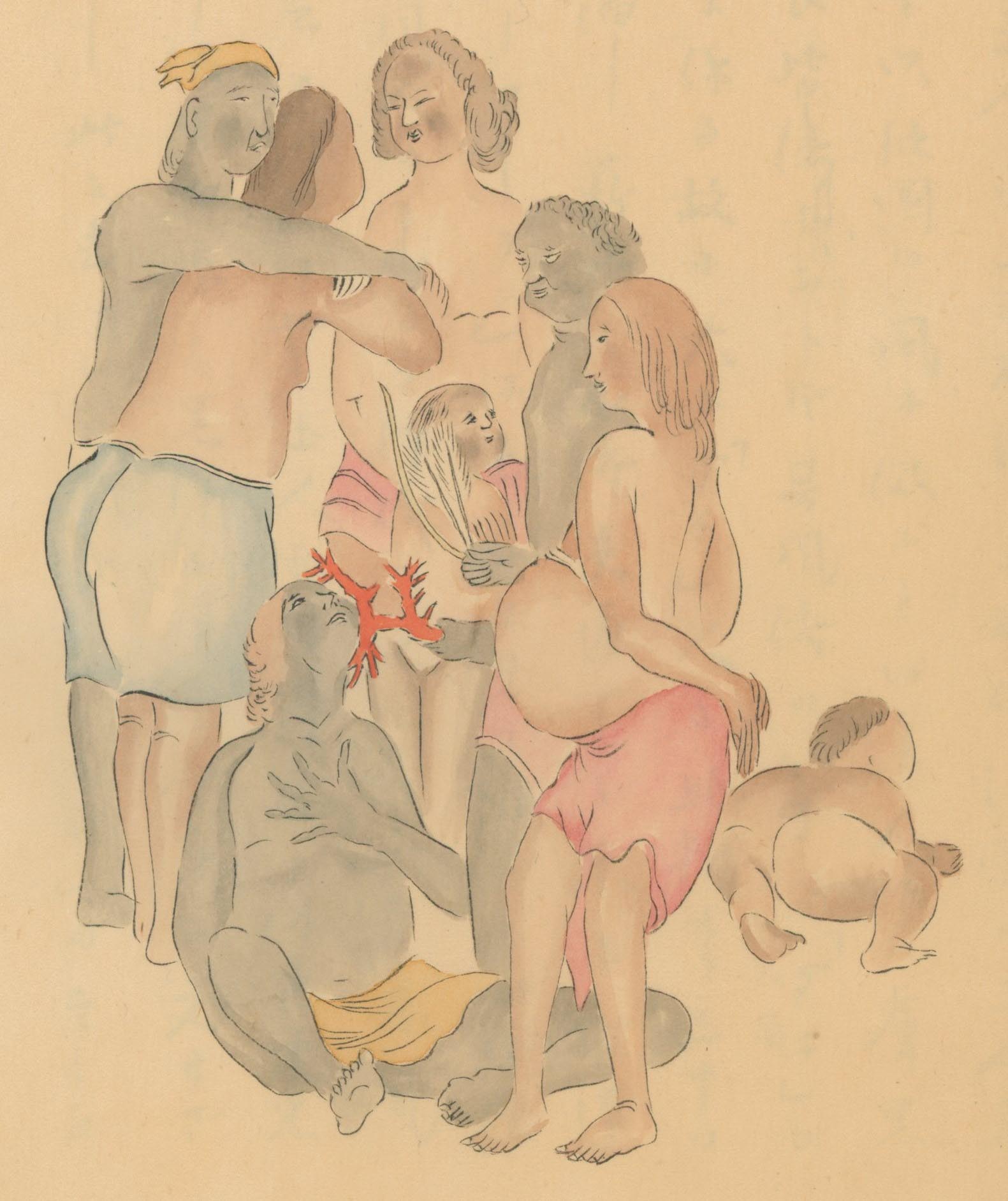
The Presentation of a Samurai Sword
In June 1918, the Fairhaven Select Board received word that Viscount Ishii, Japanese ambassador to the United States would be visiting Fairhaven to present a samurai sword, a gift from Dr. Toichiro Nakahama. The presentation took place on July 4 in front of Town Hall. Among those in attendance was New Bedford Mayor Charles Ashley, the grandson of Captain William Whitfield, Thomas Whitfield who accepted the sword, and Lieutenant Governor Calvin Coolidge who gave the welcome address.
The sword, a 14th century Tachi sword worn in court ceremonies, was displayed at the Millicent Library until 1977 when it was stolen and never recovered. Several years later, Dr. Tadashi Kikuoka of Seton Hall University began raising funds to replace the sword. Dr. Kikuoka was successful and on June 12, 1982 he presented Fairhaven with a replacement Samurai sword.
Details of the presentations of the swords were published and can be read below.
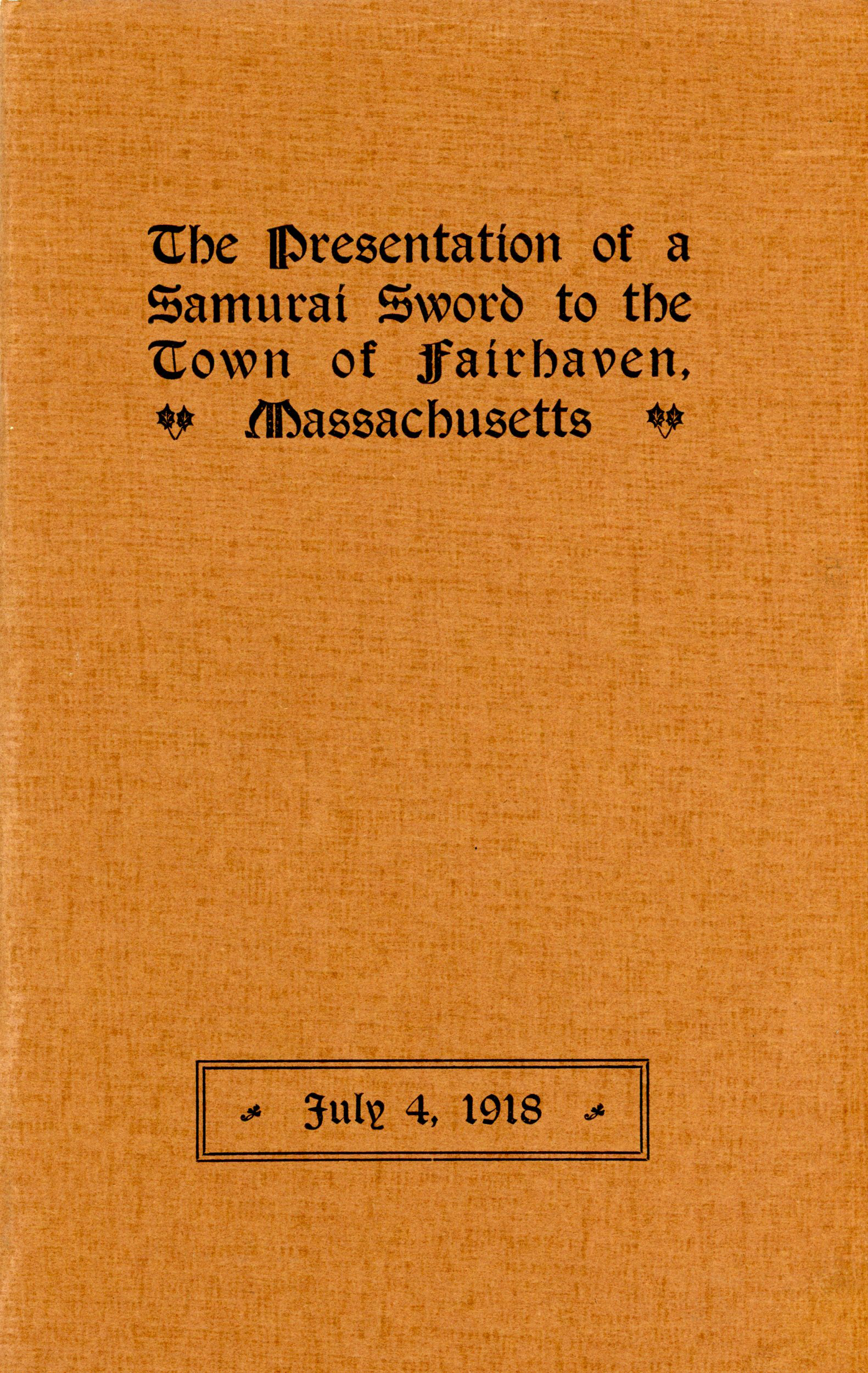
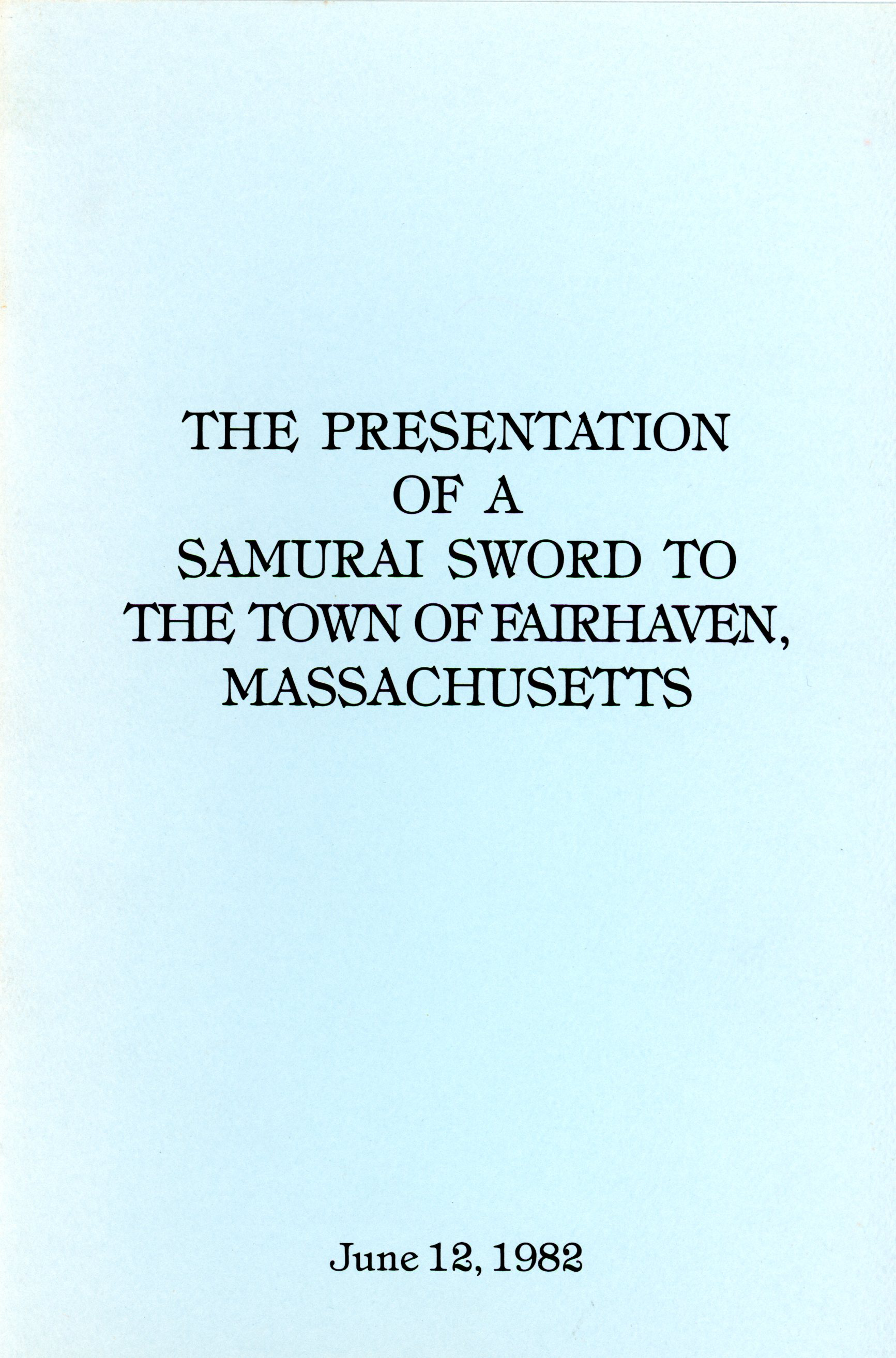
Further Reading
Bernard, Donald R. The Life and Times of John Manjiro. McGraw-Hill, 1982. [B MANJIRO (JOH) BER 1992]
Kaneki, Hisakazu. Manjiro: The Man Who Discovered America. Houghton Mifflin Company, 1956. [B MANJIRO (NAK) KAN 1956]
Kawada, Ikaku, et al. Drifting toward the Southeast: The Story of Five Japanese Castaways: A Complete Translation of Hyoson Kiryaku. Spinner Publications, 2004. [952 KAW 2003]
Rosenbach Museum & Library. Nakahama Manjiro’s Hyosen Kiryaku: A Companion Book. Rosenbach Museum & Library, 1999. [B MANJIRO (JOH) ROS 1999]
Warinner, Emily V. Voyager to Destiny. The Bobbs-Merrill Company, Inc. (Indianapolis – New York), 1956. [L-B NAKAHAMA WAR 1956]
“Japanese Ambassador Coming Here July 4th.” Fairhaven Star, June 28, 1918, page 1.
“Viscount Ishii Presents the Samurai Sword.” Fairhaven Star, July 5, 1918, page 2.
“Ishii Makes Gift to the Fairhaven Library.” Fairhaven Star, February 13, 1920, page 1.




